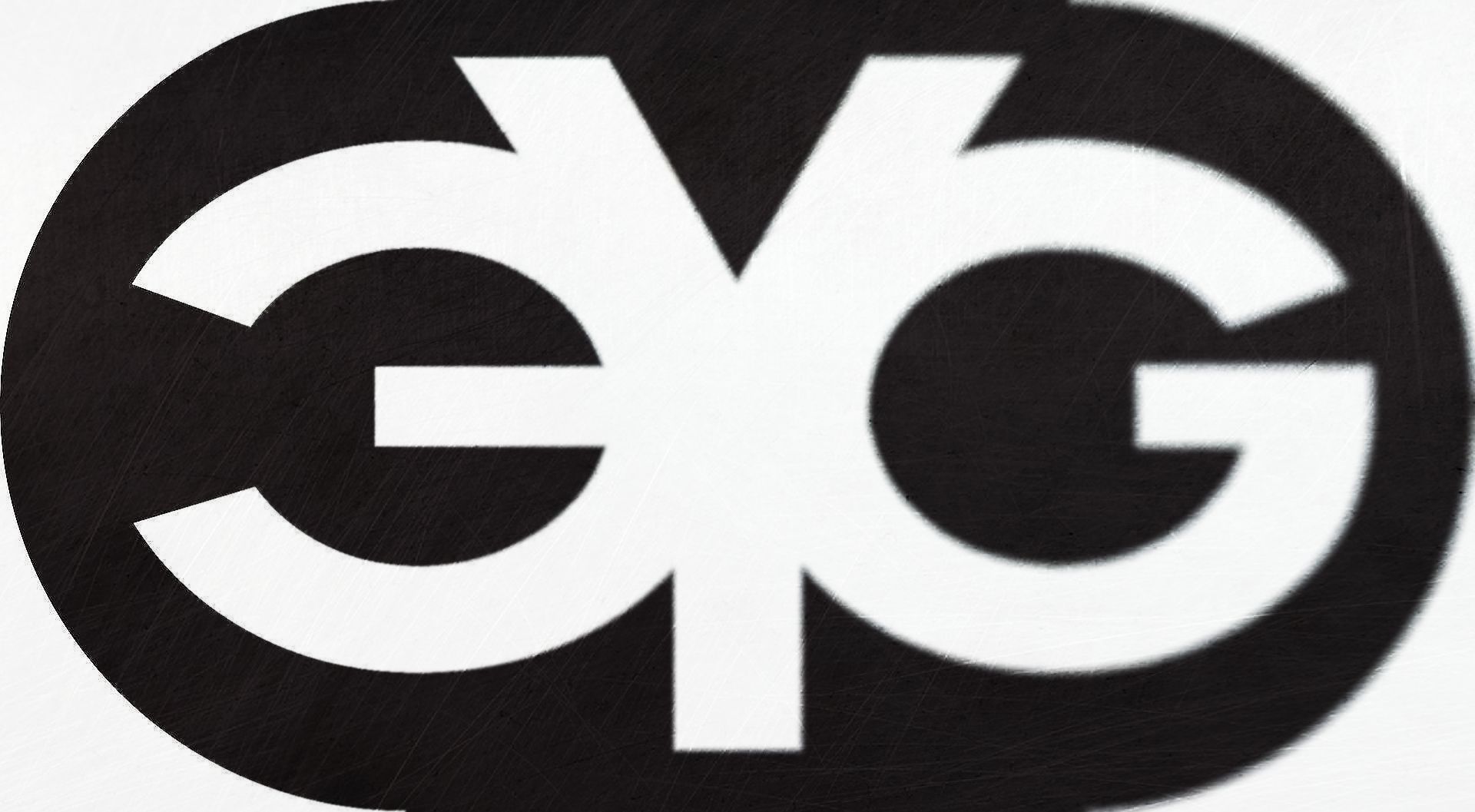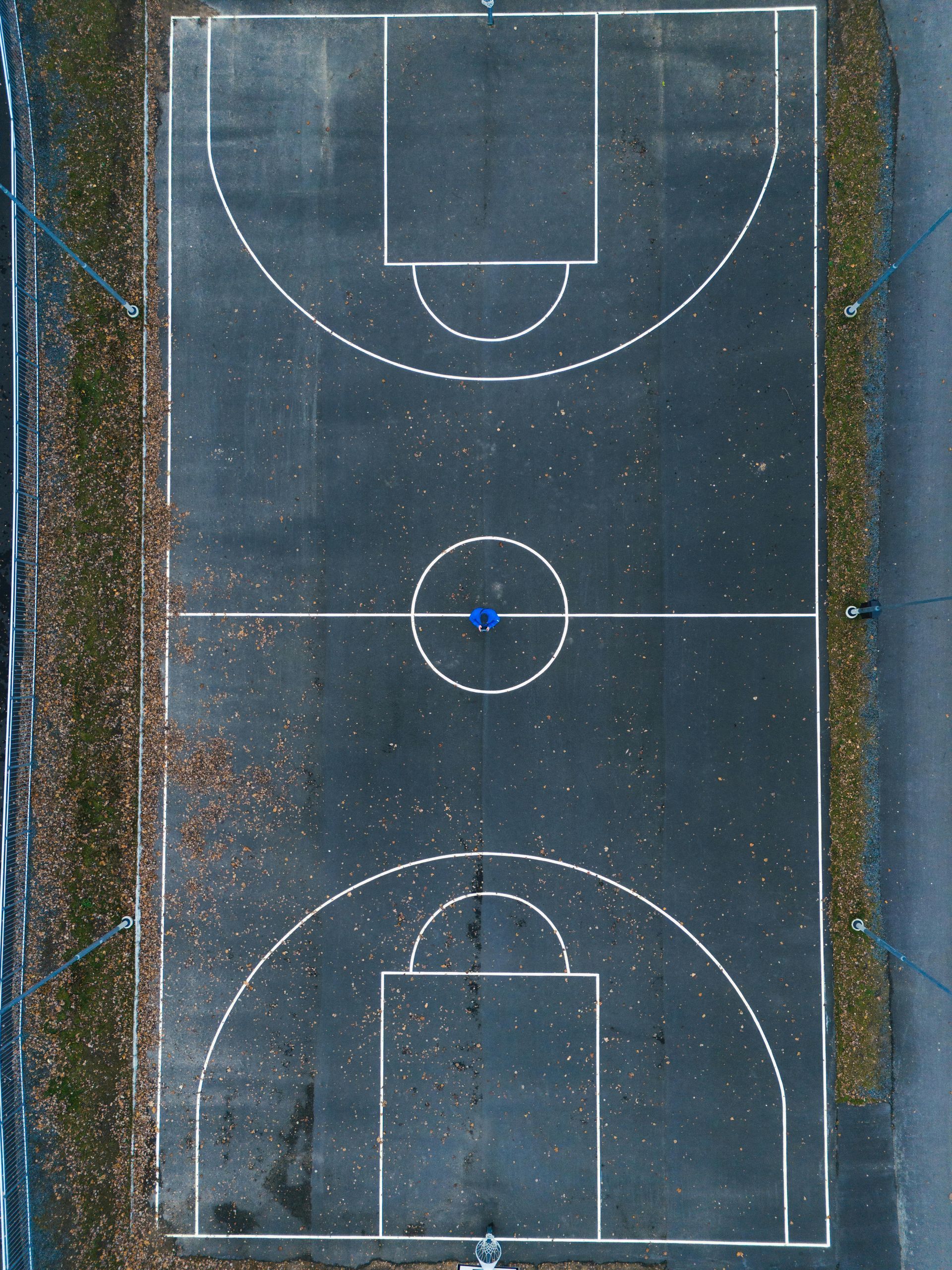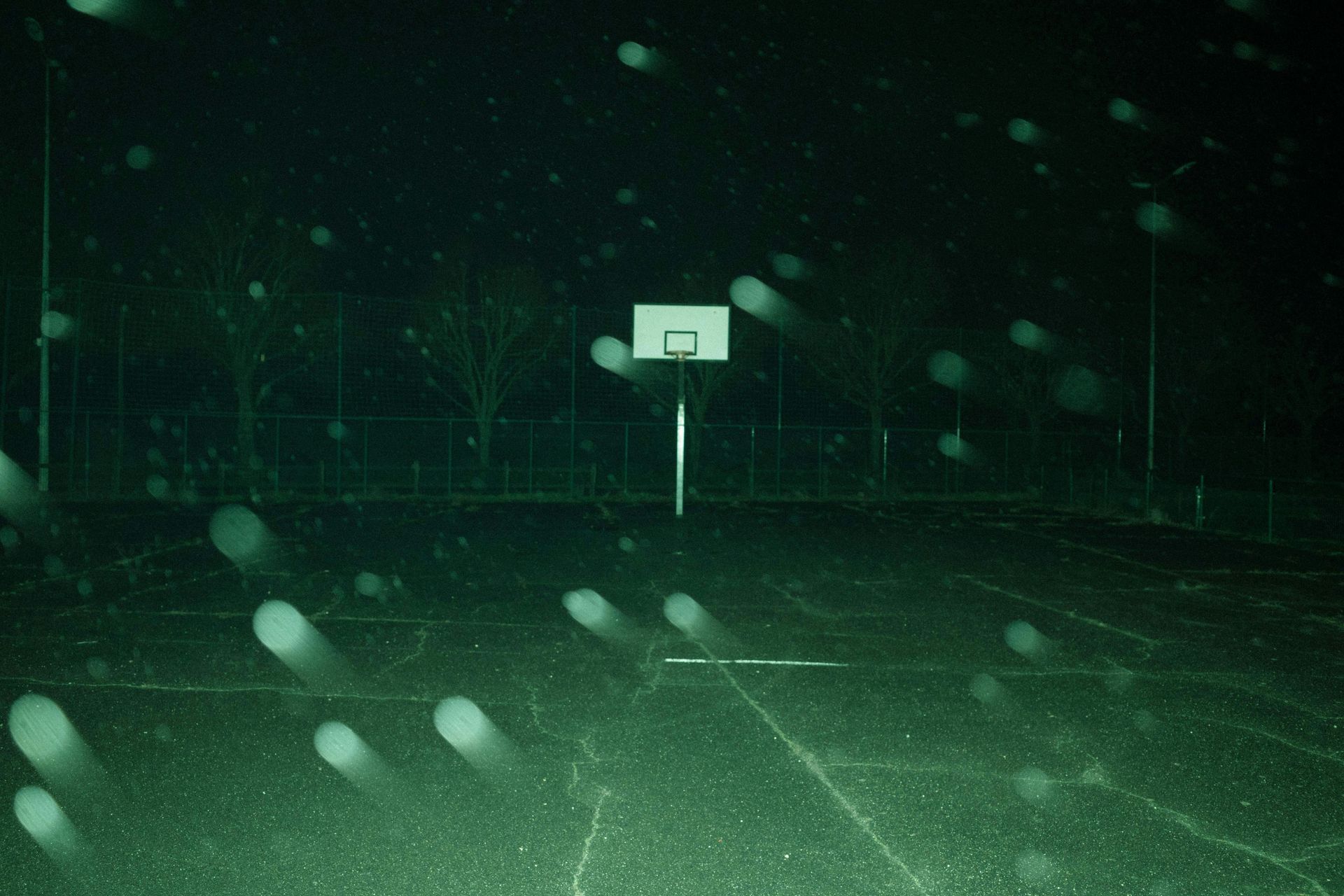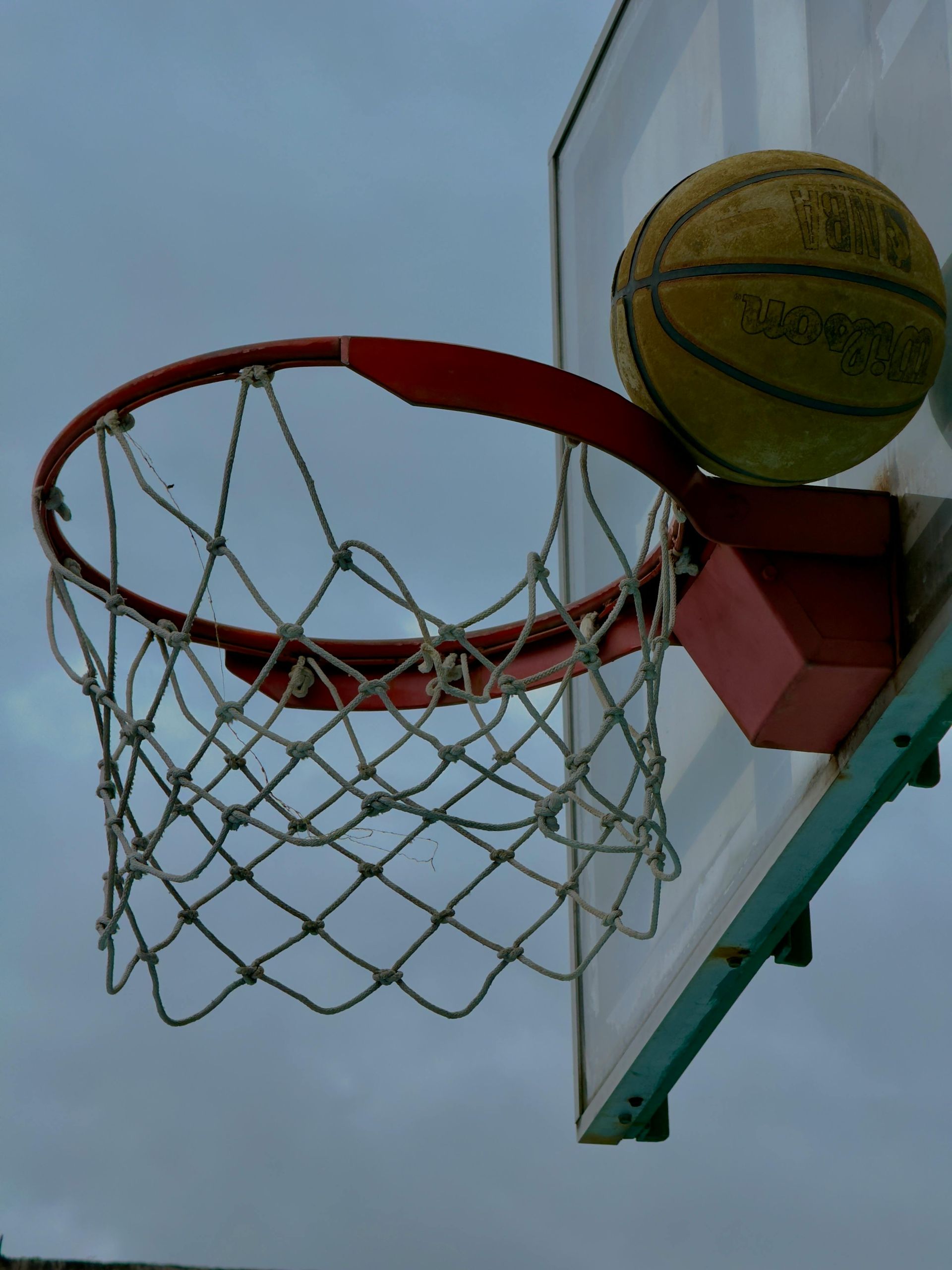Galen Harkness • January 16, 2024
Unlocking Your Basketball Potential: A Guide for Players
Basketball is more than just a game; it's a journey of growth, teamwork, and self-improvement.
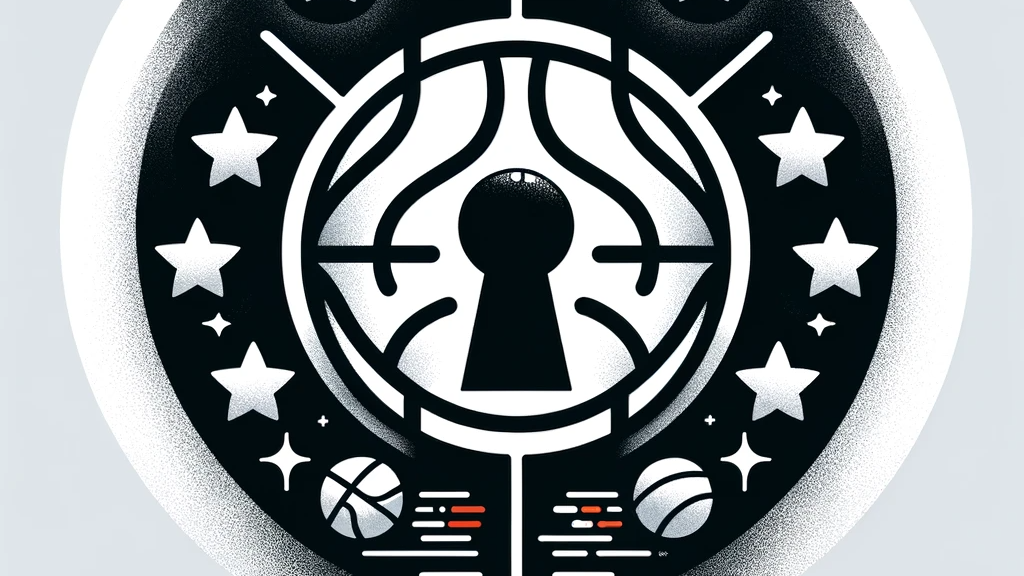
As a basketball player, you are at a crucial stage of your basketball journey. Whether you're aspiring to make the team, get more playing time, or improve your game, the path to success involves dedication, smart practice, and understanding the key concepts that make a great player. Here's a guide to help you excel in your basketball journey.
1. Become a Competitor
First and foremost, embrace the spirit of competition. Competitiveness is not just about wanting to win; it's about striving to be your best, pushing your limits, and constantly learning from every game and practice. How can you become more competitive?
- Set Personal Goals: Identify specific areas you want to improve in and set achievable goals. Whether it's improving your shooting accuracy, enhancing your defensive skills, or increasing your stamina, having clear objectives will give you a sense of direction.
- Embrace Challenges: Don't shy away from tough opponents or difficult situations. Use them as opportunities to learn and grow. Analyze your performance after each game, identify your weaknesses, and work on them.
2. Be Unselfish: The Power of Team Play
Basketball is a team sport, and unselfish play is crucial for team success. Being unselfish means looking for the best shot for the team, not just for yourself. It involves passing the ball to an open teammate, setting screens, and moving without the ball to create opportunities for others. Why is unselfish play important?
- It Creates a Stronger Team: When players work together and support each other, the team becomes more cohesive and effective.
- Increases Your Value as a Player: Coaches notice players who make their teammates better. Being unselfish can increase your playing time and make you an indispensable part of the team.
3. One Goal: Team Success
Remember, everyone on your team has the same goal: to win and improve together. When you focus on the team's success, your personal achievements will naturally follow. How to align with this goal?
- Communicate with Your Teammates: Talk on the court, encourage each other, and discuss strategies. Good communication builds trust and understanding among teammates.
- Be a Team Player: Celebrate your teammates' successes, offer constructive feedback, and be open to receiving feedback. A strong team is built on mutual respect and support.
4. Mastering Perimeter Gravity
Perimeter gravity refers to a player's ability to stretch the defense by being a threat from the outside. Players who can shoot well from the perimeter create space for their teammates to operate. How can you develop perimeter gravity?
- Practice Your Shooting: Spend time working on your three-point shooting and mid-range jumpers. Consistency is key.
- Understand Spacing: Learn to position yourself on the court to maximize the space for your teammates. This involves moving without the ball and being aware of where you are in relation to others.
5. The Ball Sticks Less: Improve Ball Movement
Good ball movement is essential for a dynamic offense. When the ball sticks less, it means the ball is constantly moving, making it harder for the defense to set up and predict plays. To improve ball movement:
- Work on Your Passing: Develop both your accuracy and the ability to anticipate where your teammates will be.
- Move Without the Ball: Constant movement off the ball creates passing lanes and scoring opportunities.
6. Understanding Shot Selection
Knowing which shots to take and which to avoid is crucial.
- Learn Your Team's Playbook: Familiarize yourself with the offensive strategies and the types of shots your coach wants the team to take. This understanding helps in making smart decisions during the game.
- Analyze Your Strengths and Weaknesses: Be honest about your shooting abilities. Focus on taking shots that you are confident in making, while also working to improve your weaker areas.
7. Playing Well for Each Other
The ultimate goal is to play in a way that benefits the entire team. This means recognizing when to take charge and when to support your teammates. Playing well for each other involves:
- Being Aware of Your Teammates: Keep an eye on their positions and movements. A well-timed pass or screen can be just as valuable as scoring.
- Adapting to Game Situations: Be flexible and ready to adjust your role based on the needs of the team during the game.
Conclusion
Remember, basketball is a journey, and every practice, game, and season is an opportunity to grow as a player and a person. By focusing on these concepts, you'll not only increase your playing time but also contribute to your team's success. Stay dedicated, keep learning, and most importantly, enjoy the game!
By incorporating these actionable steps into your routine, you can make significant strides in your basketball journey. Whether it's through becoming a more competitive and unselfish player, understanding the importance of perimeter gravity and shot selection, or fostering a team-first mentality, each aspect plays a critical role in enhancing your game and contributing to your team's success. Stay focused, work hard, and embrace the journey of becoming a better basketball player.
When Players are Ready there are 3 ways EYG can help:
1. Training
2. Camps
3. Newsletter
